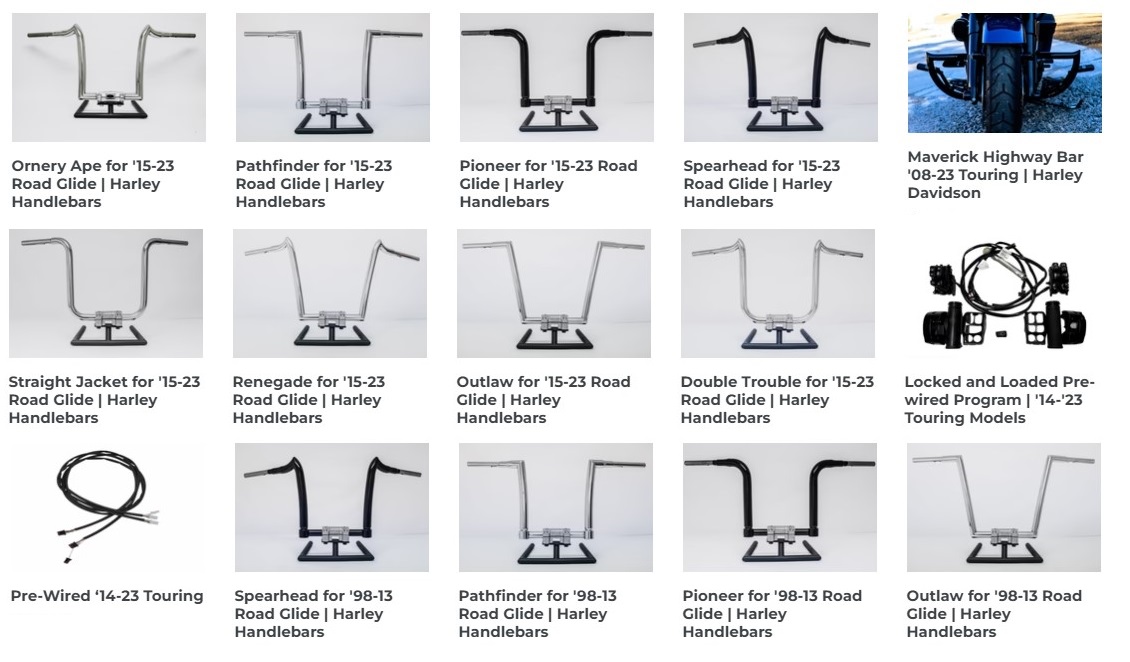Motorcycle Boots Fundamentals Explained
Motorcycle Boots Fundamentals Explained
Blog Article
Not known Incorrect Statements About Motorcycle Boots
Table of ContentsAll About Motorcycle BootsExamine This Report about Motorcycle BootsSome Ideas on Motorcycle Boots You Should Know10 Easy Facts About Motorcycle Boots DescribedSome Of Motorcycle BootsThe Ultimate Guide To Motorcycle Boots
The key elements of modern bikes are provided listed below.; this has actually been used all via motorbike background however is currently ending up being more usual.It was commonly out of favor and typically pertained to as a bad concept at the time. It has actually because obtained some cachet in the contemporary custom-made bike world too since of the room savings it can pay for and the referral to an earlier era.
Though any type of tank for gas may be so called, the term is usually put on component of an engine system in which the fuel is stored and driven (gas pump) or launched (pressurized gas) right into an engine. A motorcycle fork is the part of a bike that holds the front wheel and permits one to guide.
The 9-Minute Rule for Motorcycle Boots
The 'fork' on a bike is composed of several components. The three-way trees (likewise known as yokes) hold the fork tubes (which contain the fork springs), and are fastened to the neck of the structure by the guiding stem.

Motorcycles have primarily, however not exclusively, been generated with one to 4 cylinders, and developers have actually tried virtually every imaginable design. The most usual engine setups today are the single and twin, the V-twin, the opposed double (or boxer), and the in-line three-way and in-line four. A variety of others styles have gotten to automation, consisting of the V-4, the flat 6-cylinder, the level 4-cylinder, the in-line 6-cylinder, and the Wankel engine.
About Motorcycle Boots
Chain-drive uses sprockets and a roller chain, which needs both lubrication and adjustment for prolongation (stretch) that occurs with wear. The lubricant goes through being shaken off the fast-moving chain and results in gunk and dust accumulation. Chains do weaken, and extreme endure the front and rear sprockets can be hazardous.
Traditional roller chain-drives endure the possibility for resonance, as the effective radius of action in a chain and sprocket combination regularly transforms throughout the change ("chordal activity"). If a drive sprocket rotates at continuous RPM, then the chain (and the driven sprocket) should speed up and slow Resources down regularly. The majority of chain-driven bikes are fitted with a rubber bushed back wheel center to remove this resonance concern.
These chain oilers differ in refinement, yet all include significantly to the life of the chain. The customized of lubing by immersing the chain in a tin of hot oil discontinued in the very early 1970s, as soon as most chains had rubber "O'-rings. The initial Suzuki RE5 of 1975 included a back chain oiler, however the 1976 design had a sealed chain, and its oiler was deleted as "unneeded".
How Motorcycle Boots can Save You Time, Stress, and Money.
They are not as long lasting when subjected to high horsepower as a chain. You can not change the size and change last drive ratios as quickly as chains. And call for bigger pulley-blocks compared to chain gears to get a reliable final drive proportion.
Inside the bell real estate a bevel equipment on the shaft mates with one more on the wheel place. This setup is superior in terms of noise and tidiness and is basically maintenance-free, with the exemption of occasional fluid modifications.
The additional equipment collections are a resource of power loss and included More about the author weight. Essentially all high-performance auto racing motorbikes utilize chain-drive since they are the most mechanically effective transferring power to the rear wheel.

The Basic Principles Of Motorcycle Boots
There are tires designed for dirt bikes, touring, sport and cruiser bikes. Dust bike tires have knobbly, deep treads for optimum grip on loosened dust, mud, or gravel; such tires often tend to be less secure and noisier on paved surface areas.
Touring tires are generally made of a harder rubber compound for greater toughness, these may last much longer yet have a tendency to give less straight-out grip compared to sporting activities tires at optimum operating temperature levels. Visiting tires usually offer much more grasp at lower temperatures and can be much more suited to riding in cool or winter season problems where a sporting activity tire may never reach its optimum operating temperature level.
These have a tendency to have more powerful sidewalls as they are typically fitted to much heavier makers. Motorsport or competing tires use the greatest of degrees of grasp. Due to the heats at which these tires commonly operate, utilize outside an auto racing setting is unsafe, usually these tires do not reach their optimal temperature level which provides less than optimal grip.
Some Known Details About Motorcycle Boots

This can result in brake dive. Brakes can either be drum site web or disc based, with disc brakes being extra usual on big, modern or much more pricey bikes for their much premium quiting power, specifically in damp conditions. There are numerous brake-performance-enhancing aftermarket parts available for many motorcycles, including brake pads of differing substances and steel-braided brake lines.
Report this page